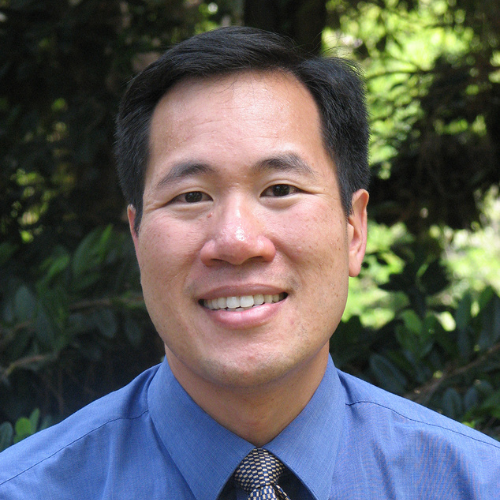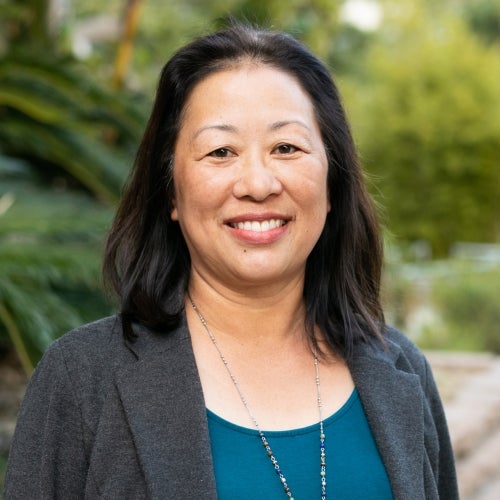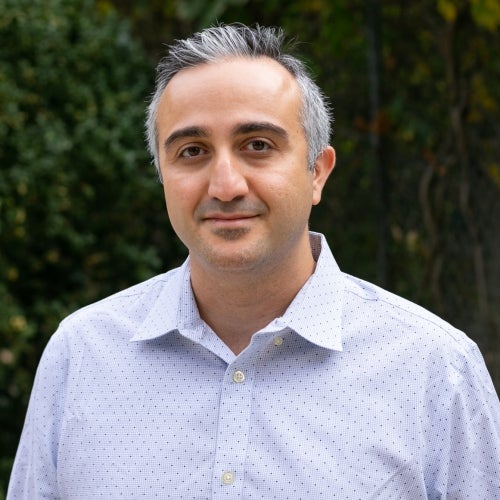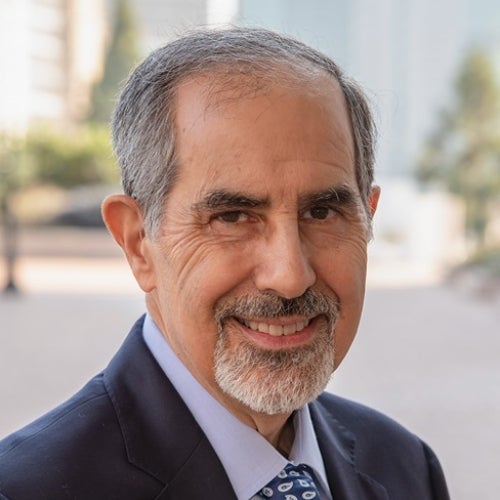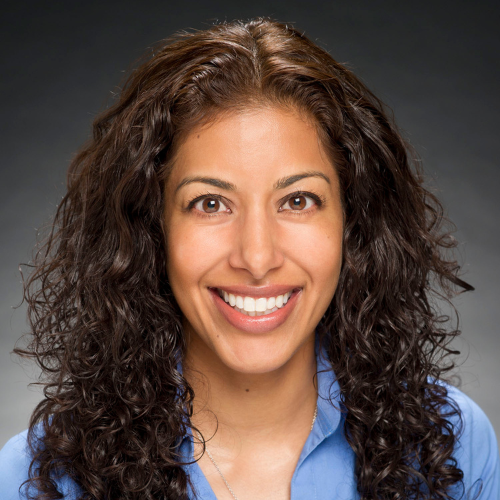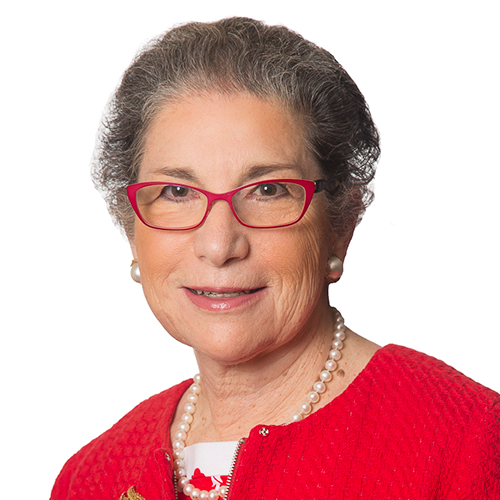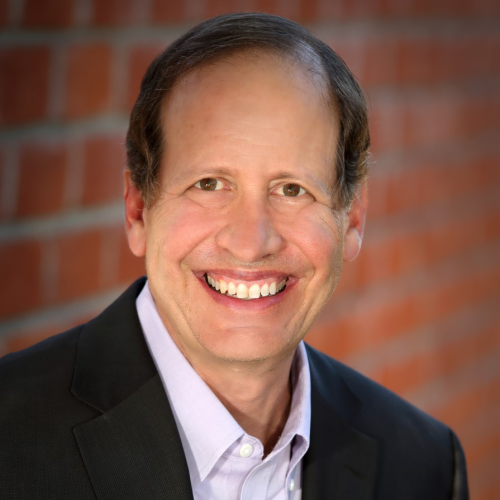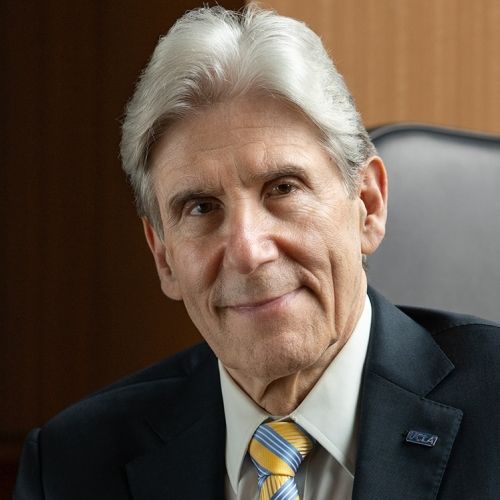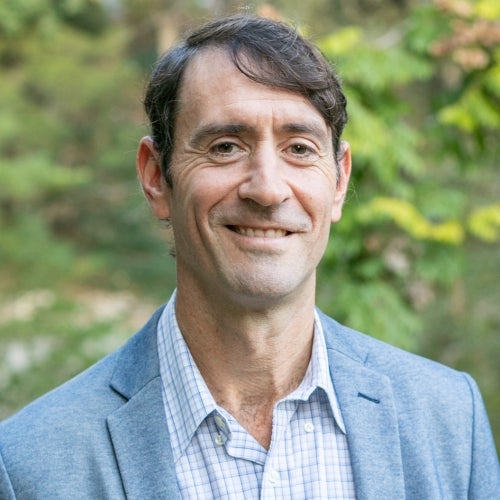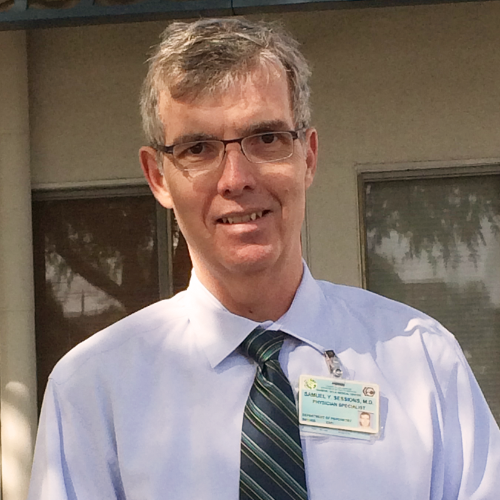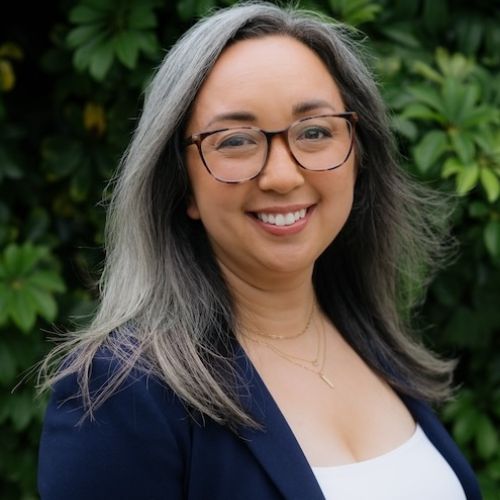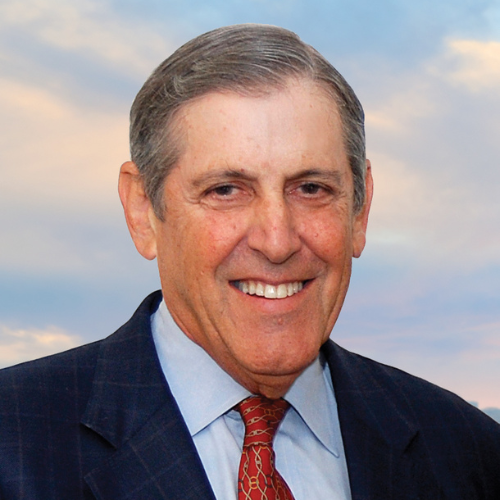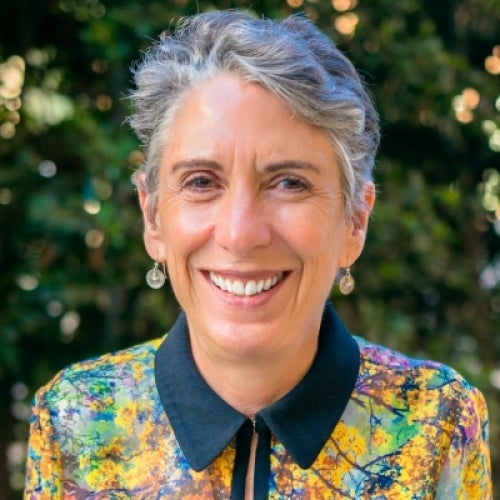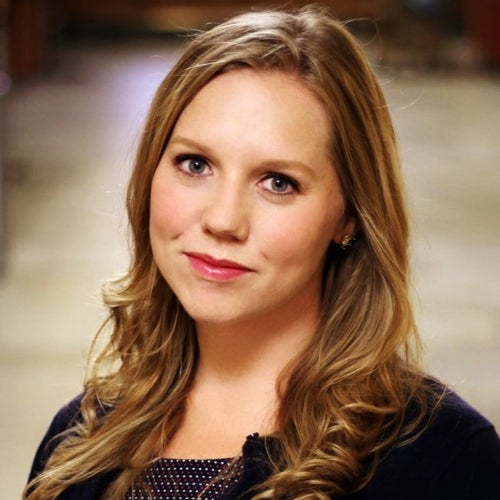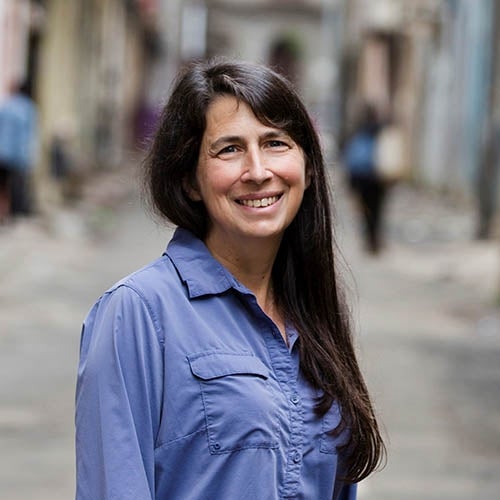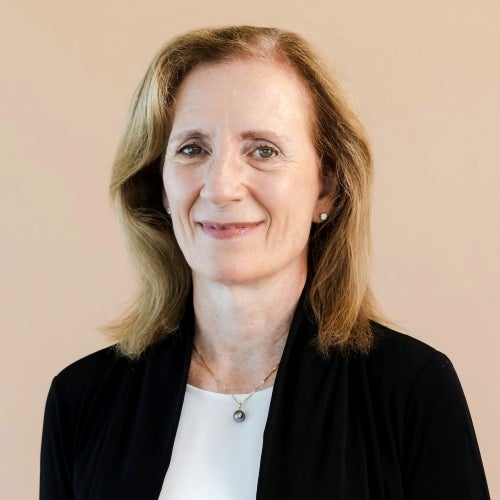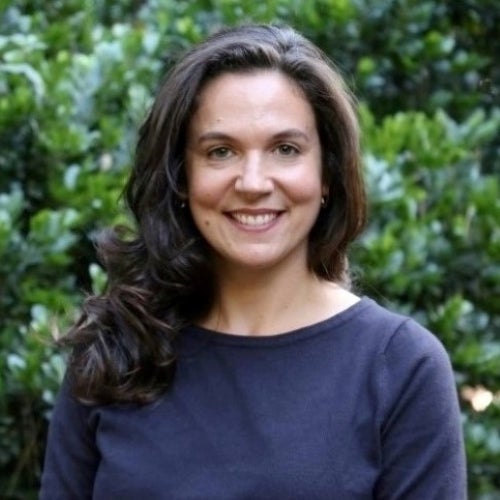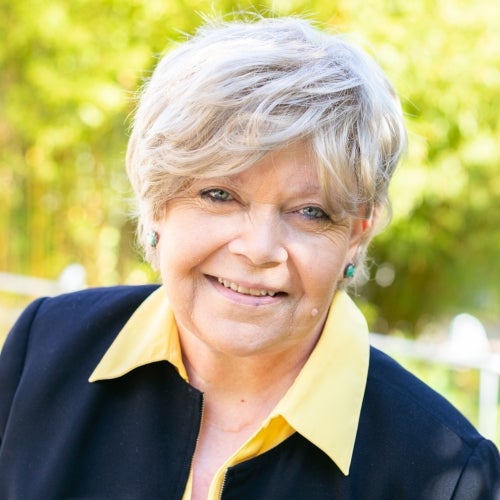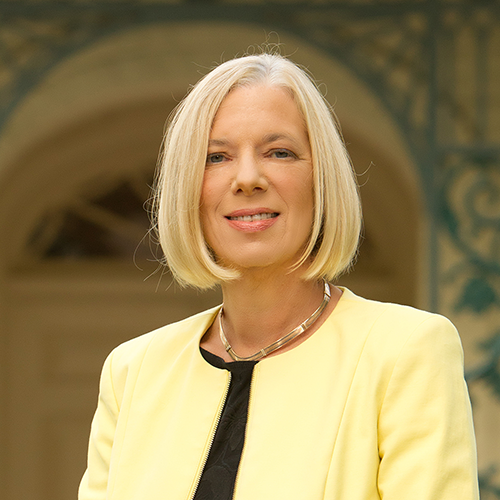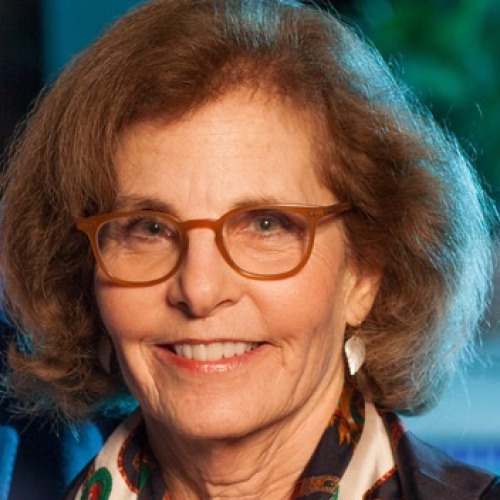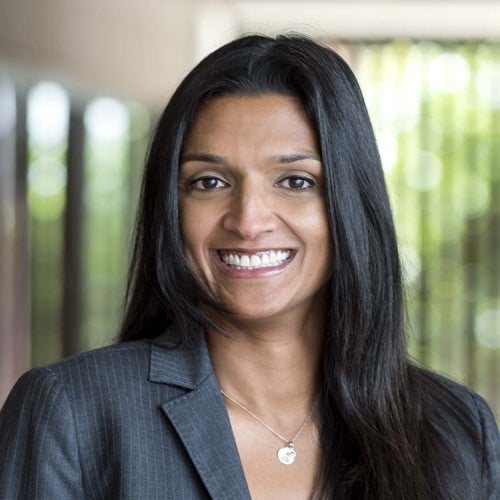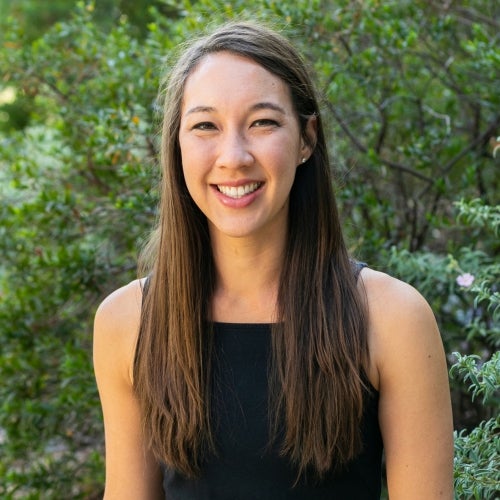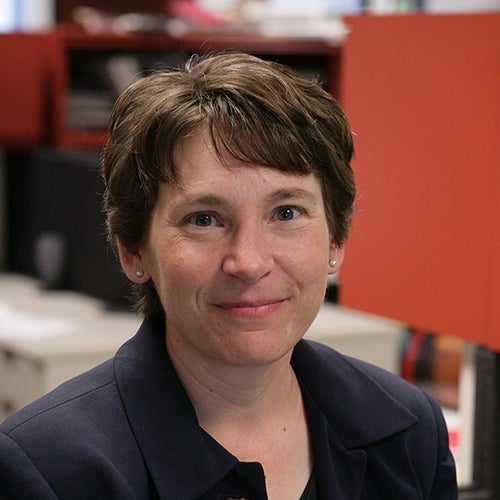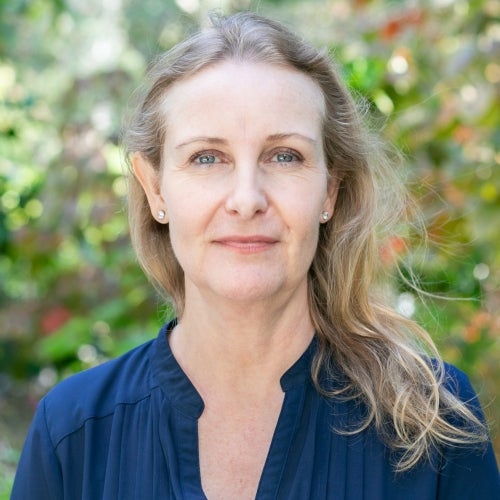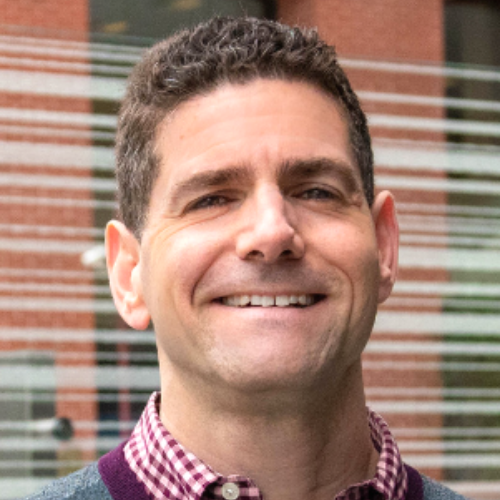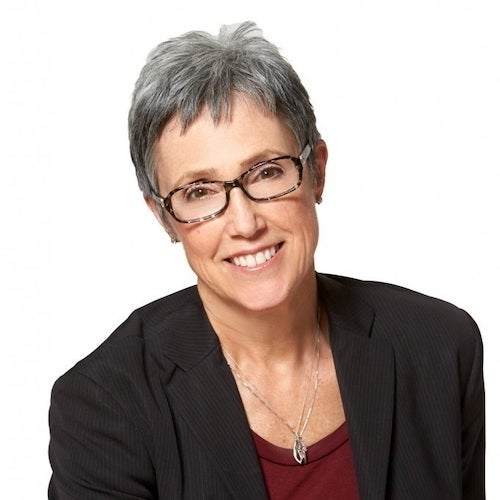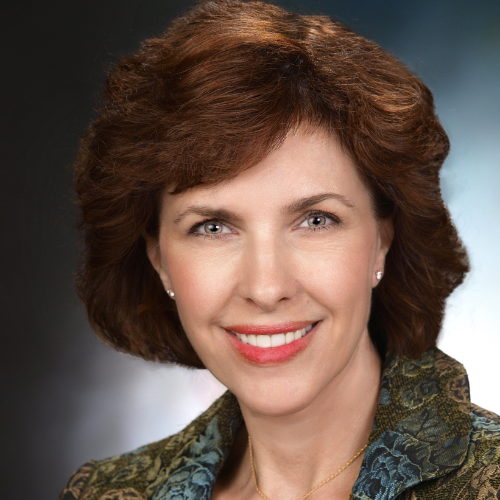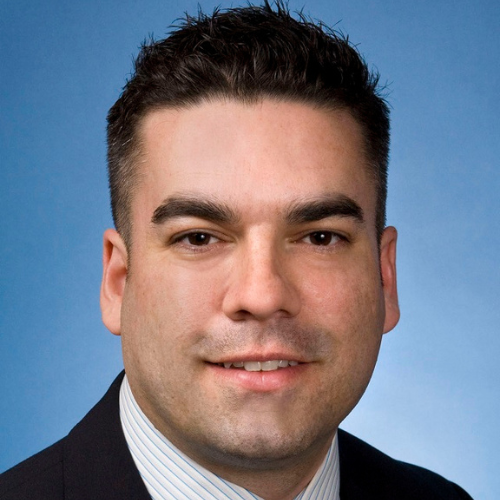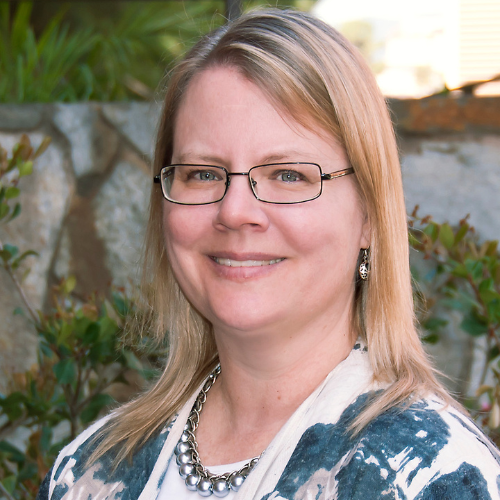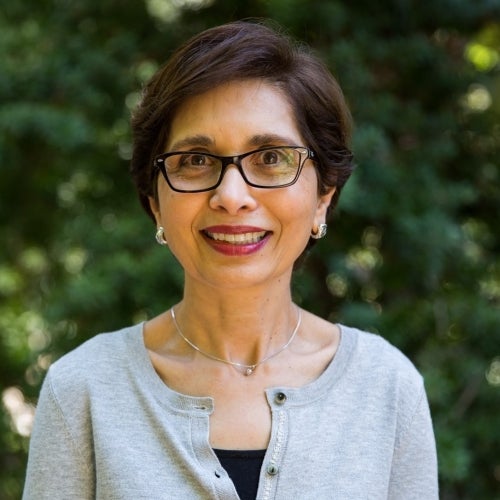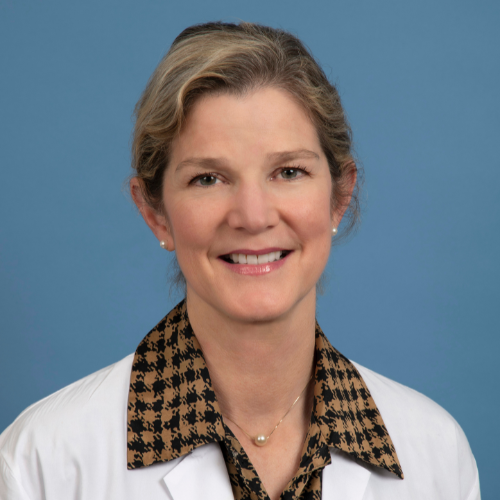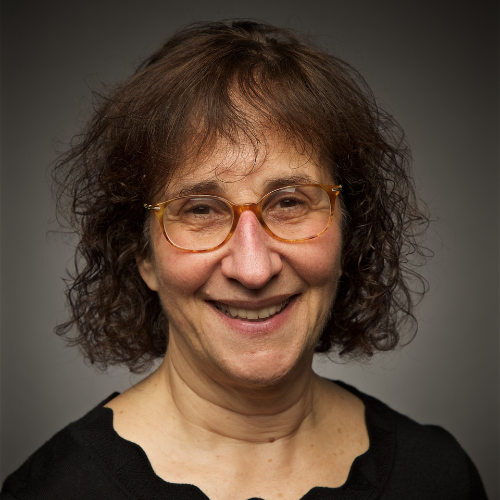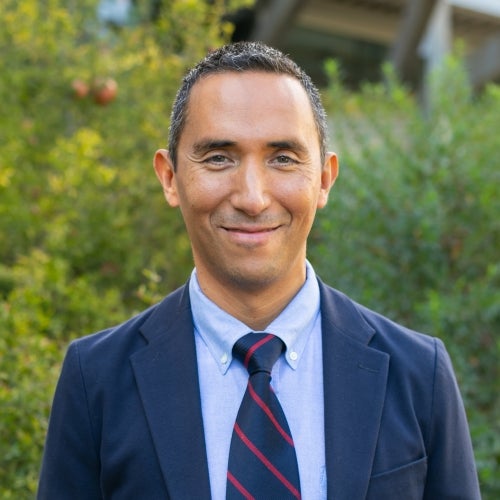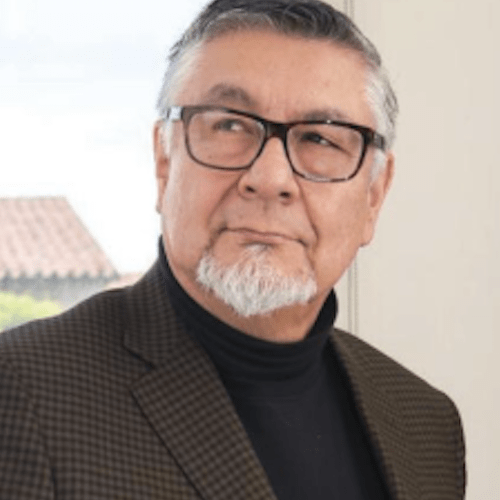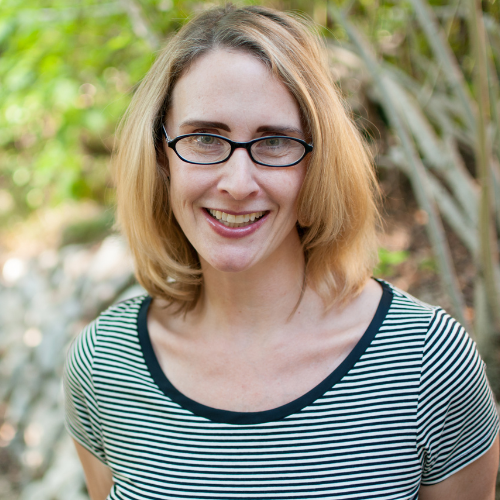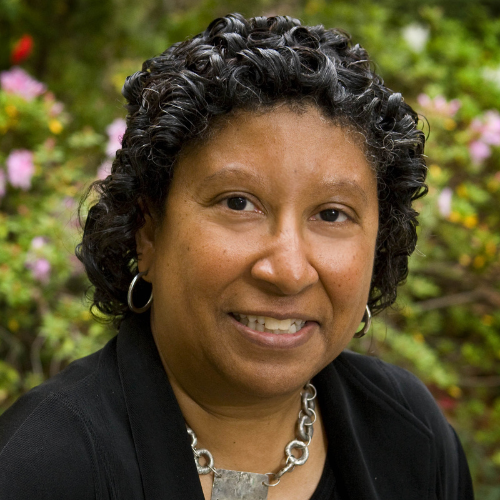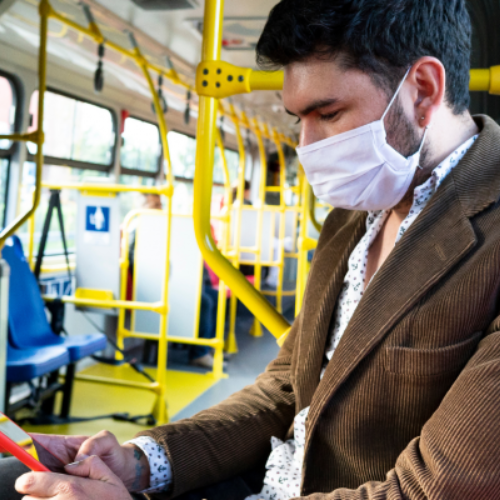A decade after the Affordable Care Act, researchers find disparities persist
Research by the UCLA FSPH Center for Health Policy Research, led by Dr. Ninez Ponce, found coverage and health care access disparities persist.

In 2020, more than 2.5 million California children, adolescents, and adults (ages 0–64) still have no health insurance coverage, as detailed in a new study by the UCLA Center for Health Policy Research (CHPR), The State of Health Insurance in California: Findings From the 2019 and 2020 California Health Interview Surveys.
The center is led by Dr. Ninez Ponce, UCLA Fielding School of Public Health professor of health policy and management, CHPR director, and principal investigator of the California Health Interview Survey, or CHIS.
With California’s revived attempts to achieve universal healthcare coverage through proposed legislation, the state has long been known as a primary voice in the “health care for all” debate, but even taking smaller steps toward that goal would help Californians who lack insurance, according to the study’s authors.
“Even incremental expansion to health insurance eligibility would help California meet our remaining challenges, although the proposed comprehensive overhaul of our insurance system could also improve access to care for everyone,” said Dr. Shana Charles, (PhD, '09) UCLA CHPR faculty associate and lead author of the study. “The question remains whether there is both the political will and the public financing needed for any of these steps forward.”
Researchers take a closer look at insurance rates a decade after the enactment of the 2010 Patient Protection and Affordable Care Act, also known as the ACA or “Obamacare.” The new study found that young adults ages 19–25 still have the lowest rates of employment-based insurance (51.7% compared to 61–66% for other age groups), even after the ACA enabled them to continue on their parent’s coverage as dependents. Among women ages 19–64, only 43.1% of Latinx women and 55.6% of Black women had employer-based coverage in 2020, compared to 72% of white women. Men’s employment-based coverage had similar patterns, but rates were slightly higher than women’s coverage across all racial and ethnic groups.
Some of the study’s other data highlights include:
- Nine in ten (89.1%) people without insurance who experienced delays in needed care reported that cost or lack of insurance was the main reason for delaying care, more than twice as high as those with Medi-Cal (42%) or employment-based insurance (31.2%).
- Only two-thirds of employers with 50 employees or fewer (68%) are able to offer any health insurance at all to their employees compared to nearly 95% of firms with more than 50 employees, resulting in less than half of employees from smaller firms obtaining coverage through their employers.
- One in seven (16.6%) children with no insurance experienced a delay in needed medical care compared to just 5% of children covered by employer-based insurance. Among adults ages 19 to 64, more than one-fifth of those with no insurance (22.1%) reported experiencing a delay in needed medical care in the past year.
- Over three-quarters (77.5%) of uninsured adults who may be eligible for Medi-Cal because of household income are of Latino descent.
The California Health Interview Survey has been asking residents about insurance topics since 2001. This latest State of Health Insurance in California study is the 10th installment of UCLA CHPR's in-depth look at health insurance coverage in California, which is the largest state in the U.S. with over 39 million people. Broken down into four chapters, data look at: insurance rates by different demographic groups such as age, race and ethnicity, income, education, citizenship status, and geographic region; private health insurance markets; Medi-Cal coverage for children and adults under age 65; and access to care.
Researchers note limitations in data which include estimated numbers of Medi-Cal enrollees based on self-reported data not matching administrative data. Additionally, they stress that comparing 2019 and 2020 health insurance data to previous reports for trends should be done with caution as the methods by which CHIS was administered changed from phone to primarily online.
“While previous expansions in health coverage were good for California residents, the state can do more to reduce persistent racial and ethnic disparities, reduce or eliminate lack of health insurance, and remove barriers to accessing health care,” said Dr. Susan Babey, senior research scientist at UCLA CHPR and co-author of the report.
By Elaiza Torralba
The UCLA Fielding School of Public Health, founded in 1961, is dedicated to enhancing the public's health by conducting innovative research, training future leaders and health professionals from diverse backgrounds, translating research into policy and practice, and serving our local communities and the communities of the nation and the world. The school has 761 students from 26 nations engaged in carrying out the vision of building healthy futures in greater Los Angeles, California, the nation and the world.
Faculty Referenced by this Article
Nationally recognized health services researcher and sociomedical scientist with 25+ years' experience in effectiveness and implementation research.
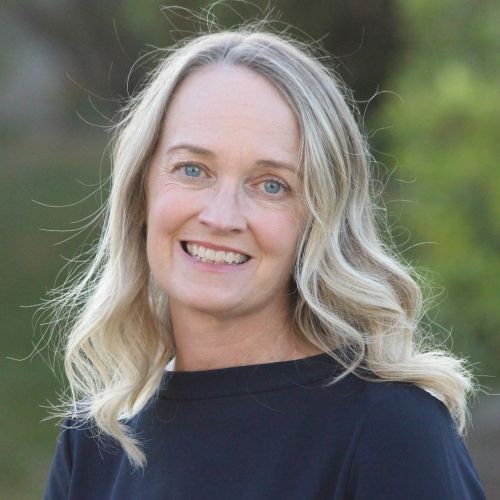
EMPH Academic Program Director with expertise in healthcare marketing, finance, and reproductive health policy, teaching in the EMPH, MPH, MHA program

Dr. Michelle S. Keller is a health services researcher whose research focuses on the use and prescribing of high-risk medications.

Dr. Ron Andersen is the Wasserman Professor Emeritus in the UCLA Departments of Health Policy and Management.

Professor of Community Health Sciences & Health Policy and Management, and Associate Dean for Research

